As more people worldwide become digital buyers, selling products or services across borders picks up pace. Here are a couple of statistics to back it up:
- 70% of online buyers make purchases from foreign websites.
- Cross-border purchases will comprise 20% of all worldwide e-commerce in 2022.
Businesses all over the world have started realising the importance of being borderless, but doubts and fears accompany the desire to go global. One of the main concerns here is accepting cross-border payments.
This article is your handy guide to the world of cross-border transactions. We will answer the most common questions about these payments, tell their pitfalls, and give some tips on choosing a cross-border payment solution. Here we go!
What are cross-border payments?
First things first: cross border payments are financial transactions made between two different countries. For instance, if an American buyer orders goods from a Chinese marketplace, their payment is classified as cross-border.
Cross-border transactions go through a more complicated path to the recipient than domestic payments as they have to overcome "closed" currency systems and comply with different jurisdictions' requirements. Still, cross border payments are at the heart of global economic activity and a lucrative growth path for merchants looking to expand.
Cross-border payment types
We can divide cross-border transactions by purpose and payment method involved. Types by purpose include:
- Business-to-Business (B2B) payments
- Consumer-to-Business (C2B) payments
- Business-to-Consumer (B2C) payments
- Consumer-to-Consumer (C2C) payments
As for payment methods, there are such types of cross-border payments:
- Credit cards
- Bank transfers
- eWallets
- International ACH payments
There are plenty of payment solutions for cross border transactions, but the final choice should be made based on your line of business and your customers’ payment preferences.
How do cross border payments work?
In cross-border payments, banks and various domestic entities merge to transfer funds. In addition to banks, PSPs, money transfer operators (MTOs), mobile money operators (MMOs), and fintech companies may be involved in a cross-border transaction depending on the payment method used. To facilitate the communication, international systems such as SWIFT are used to connect banks and financial institutions located in different parts of the world.
Using crypto for cross-border transactions
The blockchain introduction completely changed the way people and businesses make transactions, especially cross-border ones. By 2025, the number of B2B cross-border transactions on blockchain will reach record 745 million, and this figure will increase every year. Not surprisingly because the technology is able to speed up payment processing by replacing centralised authorities, offers relatively low transfer fees, as well as provides end-to-end security and transparency of transactions. It's a promising way to deliver real-time global payments and minimise or totally eliminate the complexities associated with cross-border transactions. Let's have a closer look at these challenges.
Challenges for cross-border merchants
Cross-border payments aren’t a piece of cake. They involve many intermediaries, markets, time zones, jurisdictions, regulations, and fees. We won’t deny that businesses looking to transfer funds across countries may encounter some challenges along the way. But the good news is that the right cross border payment solutions can minimise the hassle.
Slow transactions
In a world where everyone gets used to instant money transfers, cross-border transactions that take two to five days to process are unlikely to be the preferred option. The more parties are involved in a cross-border payment, the longer it takes for them to reach the recipient. That's why businesses are relentlessly looking for ways to reduce the processing time and keep up with their customers’ expectations.
Regulations
Each country has its own set of rules for international payments, and it can take a lot of time and effort to keep up with each regulatory environment. Just to name a few, entities in the EU must comply with the Cross-Border Payments Regulation (CBPR), General Data Protection Regulation (GDPR), and PSD2. For US-based entities, Know Your Customer (KYC), Federal Financial Institutions Examination Council (FFIEC), and Basel III compliance are required.
Worth noting: when making cross-border payments, you must follow the regulations of both the payer and the payee. Failure to comply with international regulations could result in expensive penalties.
High costs
Costly cross-border transactions are one of the main reasons many merchants don’t make international sales. Besides bank fees and compliance costs, cross-border payments are also taxed and subject to currency exchange rates.
However, advanced cross border payment solutions know how to make international transactions more profitable for business owners. For example, a dynamic currency conversion feature can reduce the risk of currency fluctuations and generate additional revenue from conversion fees.
How to accept cross-border payments?
More than 80% of retailers worldwide agree that expanding their presence has resulted in increased sales. Still, many business owners aren’t sure they will be able to cope with the complexities of cross-border transactions.
But as we said, the right cross border payment solution can make things a lot easier. If you want to seamlessly grow your business internationally, partnering with an experienced global payment platform capable of accepting multiple payment methods and currencies is a way to go.
At Corefy, we make cross-border payments a trouble-free experience for both merchants and customers. Our platform supports an impressive list of currencies (160+) with 1000+ currency pairs and enables you to accept 400+ payment methods. Plus, you can benefit from our Analytics and Dashboard to facilitate international sales and maximise your efficiency in reaching new markets.
We invite you to book a real-time demo to explore our capabilities.




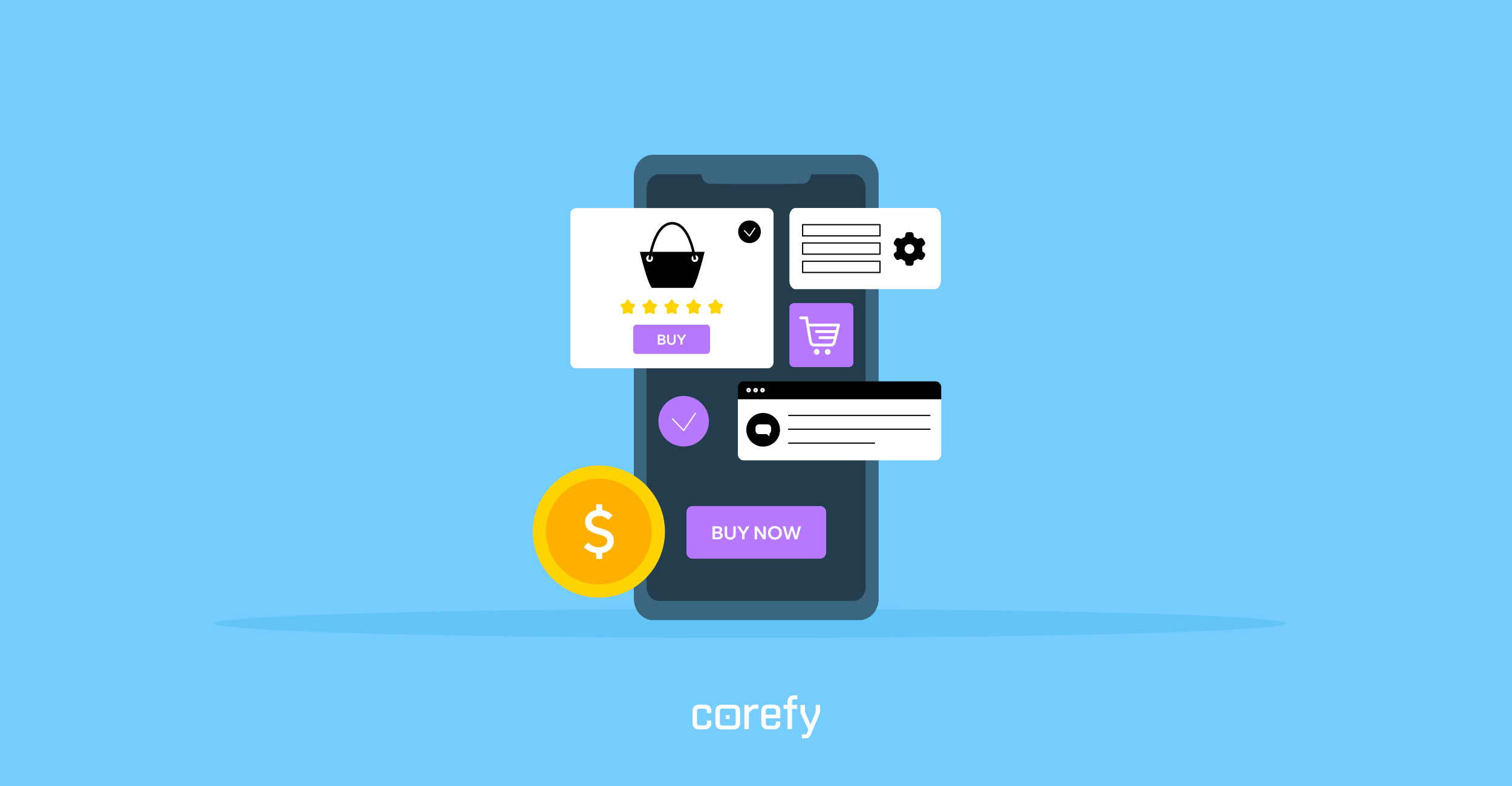
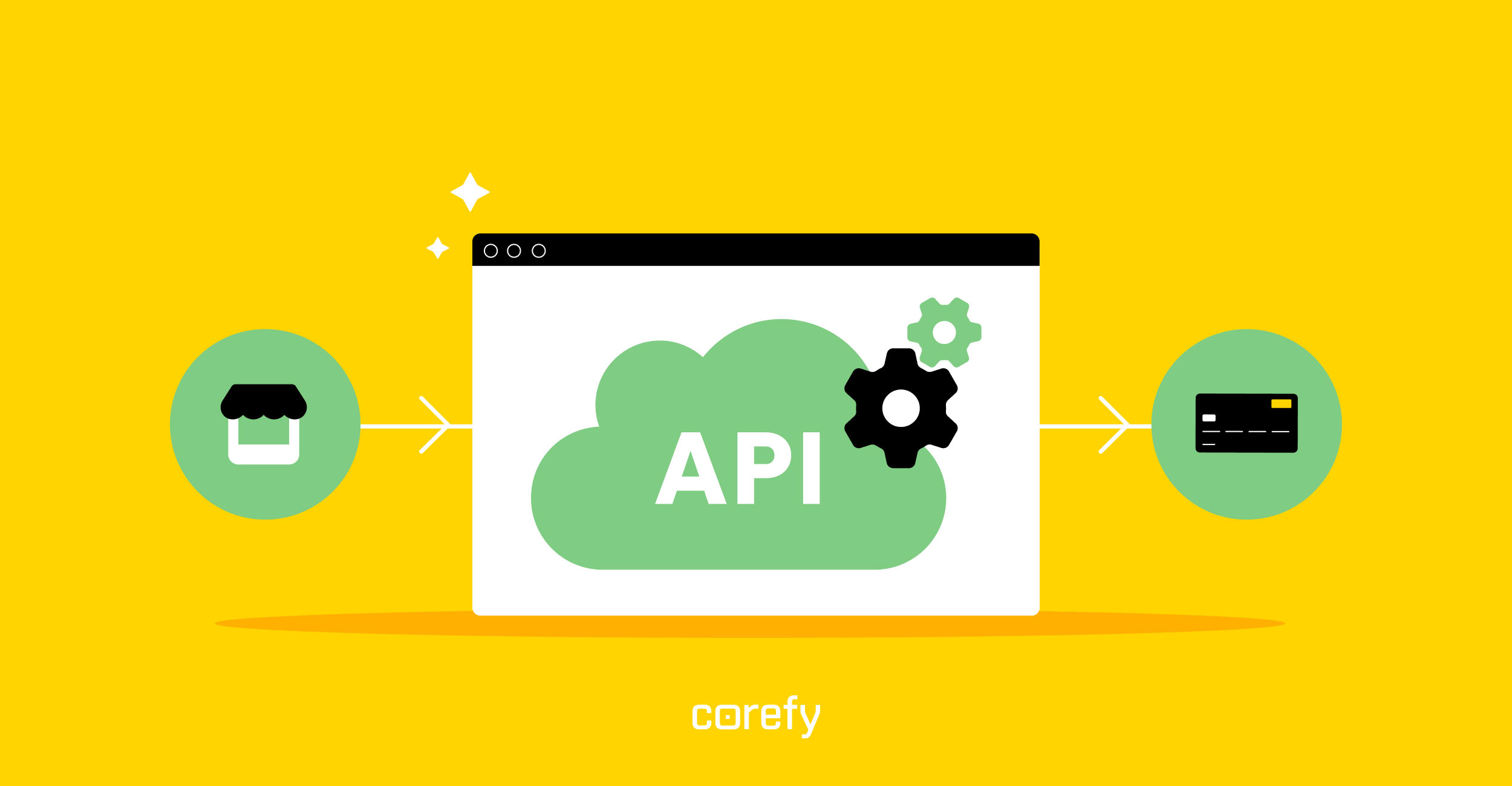
.jpg)

.jpg)
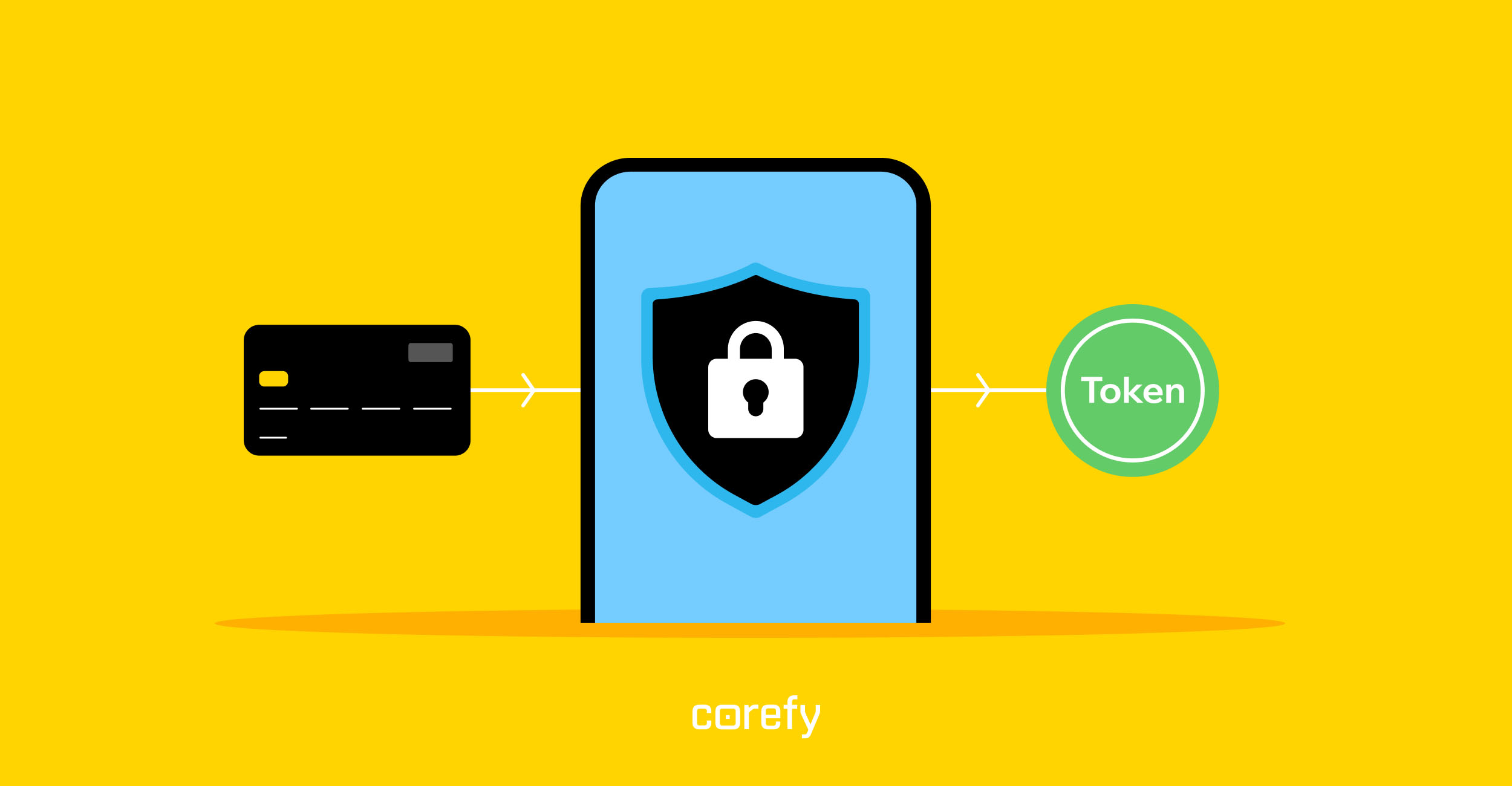
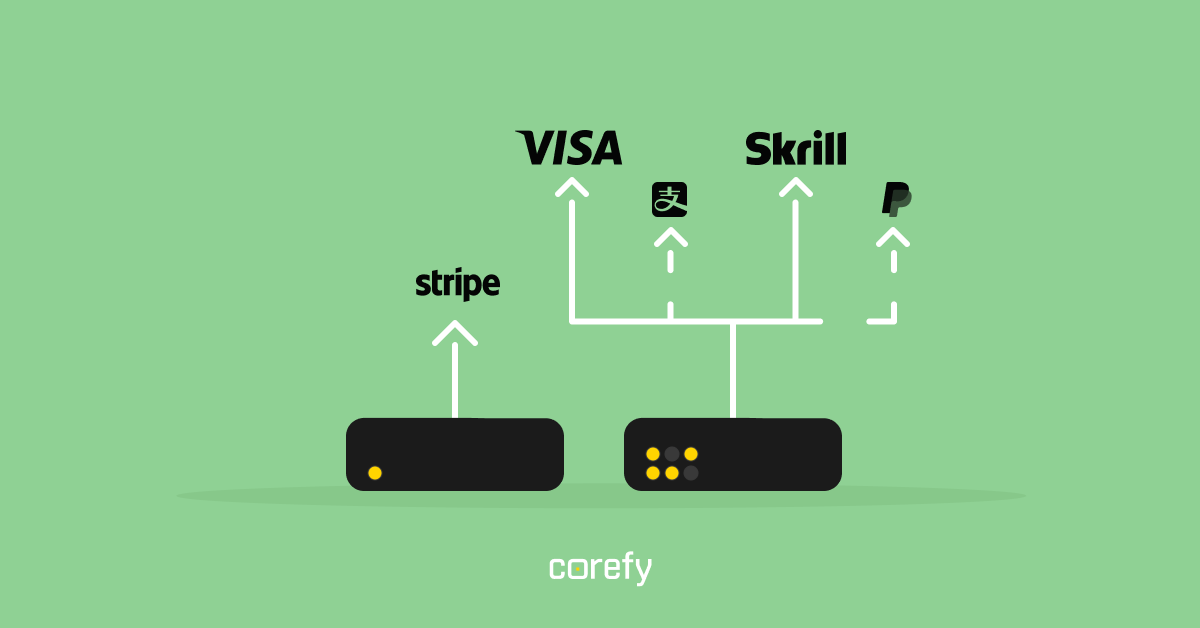
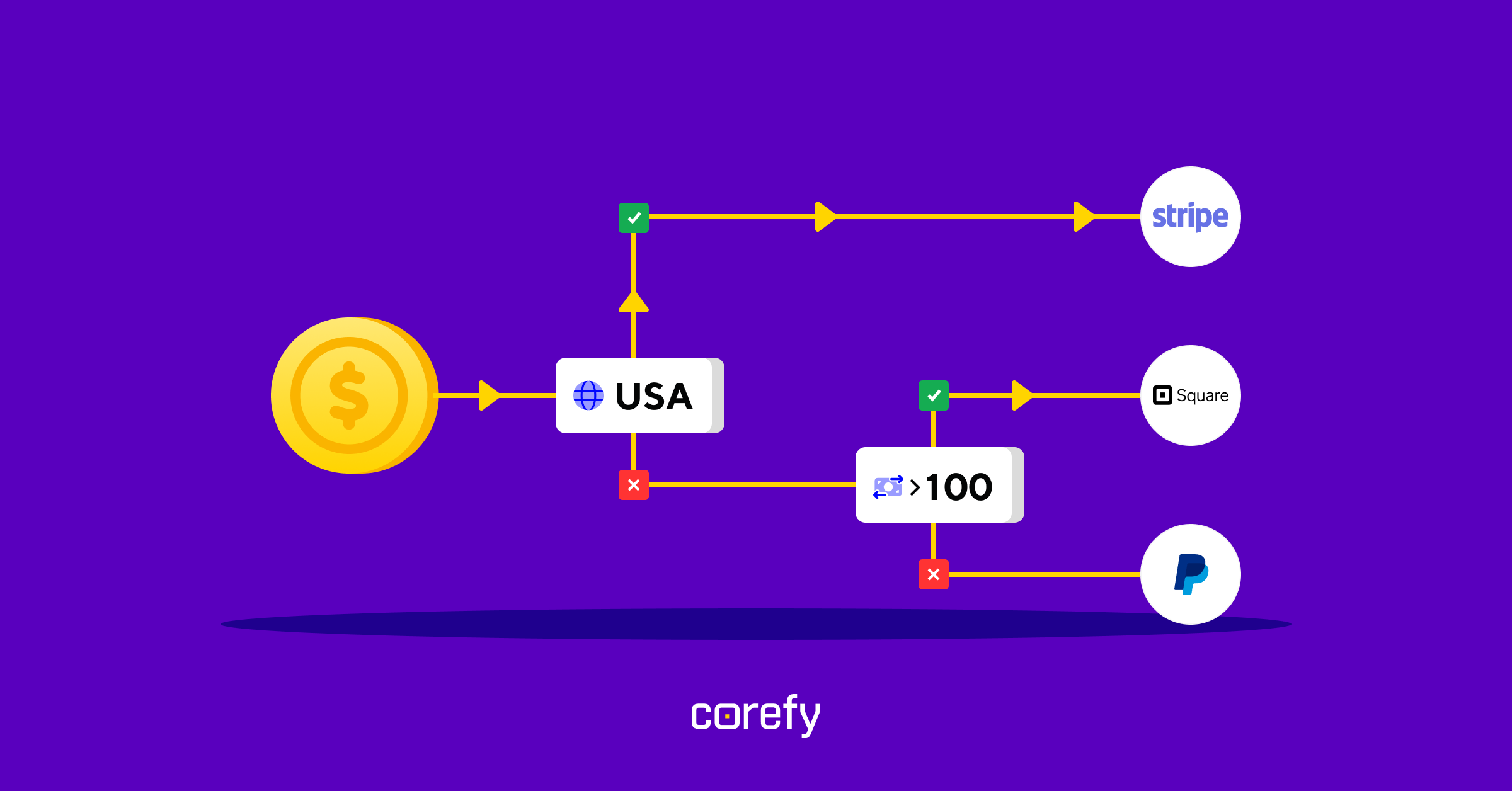
.jpg)
